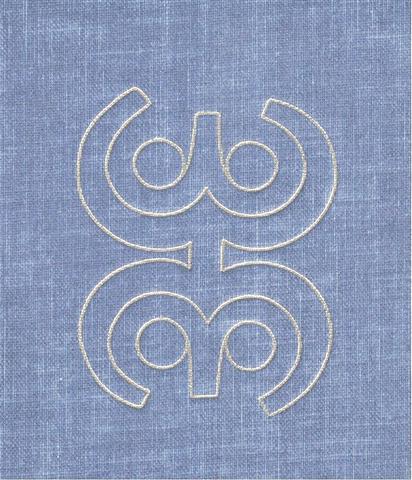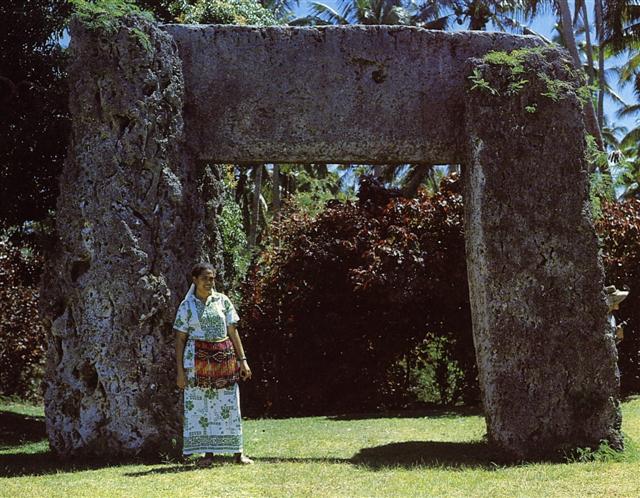8. The Crab Nebula cannot be observed with the naked eye and a powerful telescope is needed: "Reeves gave it [ζ], with others near by, as Tien Kwan, the Heavenly Gate. In astrology ζ has been considered of mischievous influence. It marks the tip of the southern horn and the singular Crab Nebula, a little to the northwest, the first in Messier's catalogue,¹ and now known as N. G. C., 1952, 1 M. ¹ The work of Messier, shared by La Caille and Mechain, was supposed to have brought together all objects of that class in the heavens; but twenty years afterwards Sir William Herschel had added 2500 to their lists, and his son's General Catalogue of 1864 has 5079 nebulae and clusters. This was enlarged by Dreyer, in his New General Catalogue, to 9416 discovered up to December, 1887; and since then at least 1000 more have been added by Swift and the observers at Marseille. Halley, in 1716, knew only six, and of these four are clusters. Although Bevis had seen this in 1731, it was accidentally rediscovered by Messier on the 12th of September, 1758, while observing ζ and a neighbouring comet, and led to his two catalogues of 103 nebulae and clusters, published from 1771 to 1782, the first attempt at a complete list of these objects. The return of Halley's comet was first observed in August, 1835, close to this star, when the nebula was a perfect mare's nest to astronomical tyros." (Allen) That's why the Crab Nebula has been marked as a tiny light source inside a dark circle in my old astronomy book
We can guess the creator of the G text may have had the name Crab Nebula or something similar in his mind when he designed Ga1-18.
... the progeny of Tu increased: Rongo, Tane, Tangaroa, Rongomai, Kahukura, Tiki, Uru, Ngangana, Io, Iorangi, Waiorangi, Tahu, Moko, Maroro, Wakehau, Tiki, Toi, Rauru, Whatonga - these were the sons ...
It is both cumbersome and helpful with all these different denominations and allusions. At first I thought 123 (at Ga1-23) could have corresponded to 241 - 118, as in the number of glyphs on the top side of the Phaistos disc. But then I realized that another name for the Heavenly Gate (ζ) was 123 Tauri:
Probably the first glyph line on side a of the G tablet was designed in order to illustrate the opening (door, gate, entrance) at Taurus, as described by the outline beginning in the night sky after γ (gamma as in the right angle Γ at January 20): ... When was Mars at or close to M45? After repeated trials I think we can fairly say that his closest approach was in the nights around January 20. It looks as if Mars in this day was at the right angle (90º) formed between the directions to M45 and Hyadum I: 
The very first glyph on side a of the G text may well have been intended to depict a curve from where the Bull horns were emerging, to be seen in the night of May 25, viz. at "October 14, 8-14 → 81 * 4 = 324 = 364 - 40. Ngagana was the 8th son of Tu. Gaga. Exhausted, strengthless, to faint. Vanaga. To faint, to fall in a swoon, death struggle. Gagata, crowd, multitude, people, population. Churchill. Mgv.: A bird. Mq.: kaka, id. Churchill. Pau.: Gagahere, herbs, grass. Ta.: aaihere, herbs, bush. Ma.: ngahere, forest. Pau.: Gagaoa, confused noise. Ta.: aaoaoa, noise of a rising assembly. Churchill.
Possibly Gagana referred to day 300 as counted from the Julian equinox 3-25.
I suddenly recall from a long time ago when I had realized that my grandmother would not live forever. At that time I was interested in the family tree on my mother's side, because a book had just been published documenting the tree on my father's side and there was nothing similar for my mother's tree. So I sat down and listened to her stories from a very long time ago and then wrote down a lot of names. Nothing now remains in my memory except for one extraordinary story about someone who had been born with his feet backwards. Yet he remained in good spirits and used to say jokingly when going out through the door: Bäst att vid grinden vända, // innan något hinner hända. (You had better turn around at the gate before something will happen to you.) Now I can put this into perspective, because the June solstice (the 'death' of the Sun) was not far away after the Heavenly Gate in June 13 (164 = 172 - 8). And "November 10 (314 = 108 + 183 + 23). ... In my memorybanks the crab is associated with moving sideways. I don't know if it is true or not, and I cannot remember the source of this odd piece of information. That does not matter, because I believe it is a generally known piece of 'fact'. And if it happens to be so, then the crab can be used as a symbol for moving sideways. Cancer, the astrological sign, refers to July, and midsummer is towards the end of June. Possibly the crab (cancer) once was connected with summer solstice. Sun does not move upwards and not downwards. If he moves at all he must be moving sideways. If he doesn't move he is dead. These are the two possibilities of ancient thought, I guess ... ... The older sister of god and man, La'ila'i, is the firstborn to all the eras of previous creation. By Hawaiian theory, as firstborn La'ila'i is the legitimate heir to creation; while as woman she is uniquely able to transform divine into human life. The issue in her brothers' struggle to possess her is accordingly cosmological in scope and political in form. Described in certain genealogies as twins, the first two brothers are named simply in the chant as Ki'i, a man and Kane, a god. But since Ki'i means image and Kane means man, everything has already been said: the statuses of god and man are reversed by La'ila'i's actions. She 'sits sideways', meaning she takes a second husband, Ki'i, and her children by the man Ki'i are born before her children by the god Kane ...
... When this tremendous task had been accomplished Atea took a third husband, Fa'a-hotu, Make Fruitful. Then occurred a curious event. Whether Atea had wearied of bringing forth offspring we are not told, but certain it is that Atea and her husband Fa'a-hotu exchanged sexes. Then the [male] eyes of Atea glanced down at those of his wife Hotu and they begat Ru. It was this Ru who explored the whole earth and divided it into north, south, east, and west ...
|
|||||||||||||||||||||||||||||||||||||||||||||||||||||||||||||||||||||||||||||||||||||||||||||||||||||||||||||||||||||||||||||||||||||||||||||||








.jpg)



